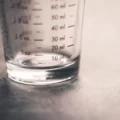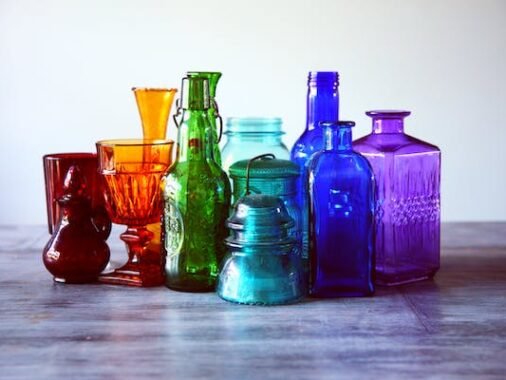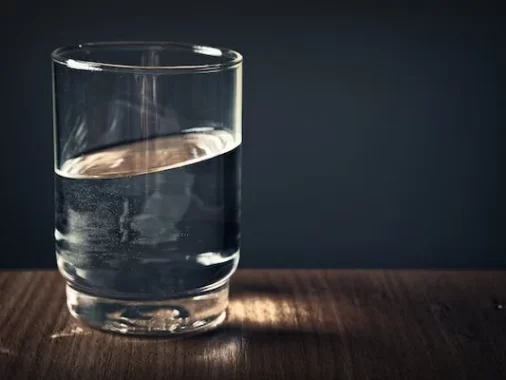In the realm of measurements, the ability to convert between units is a valuable skill. Whether you’re an aspiring chef, a scientist in the lab, or simply dealing with everyday tasks, understanding conversions can make life easier. One common conversion that frequently arises is the conversion from milliliters (ml) to fluid ounces (fl oz). In this guide, we’ll explore how many oz is 70 ml and how to convert 70 milliliters to fluid ounces, making this conversion easy and accurate for all your needs.
70 milliliters (ml) to fluid ounces (fl oz) yields approximately 2.37 U.S.
Unraveling the Units
Before we delve into the conversion process, let’s get acquainted with the units involved:
Milliliters (ml): Milliliters are a metric unit of volume frequently used worldwide, especially in scientific and culinary contexts. They are renowned for their precision, with one milliliter being equivalent to one-thousandth of a liter.
Fluid Ounces (fl oz): Fluid ounces are primarily used in the United States customary and British imperial systems for measuring liquids. Unlike milliliters, fluid ounces can differ in size depending on the system used. In this guide, we’ll be using the U.S. customary fluid ounce, which is approximately 29.5735 milliliters.
The Conversion Factor
To convert milliliters to U.S. customary fluid ounces, we’ll employ the conversion factor:
1 milliliter (ml) ≈ 0.033814 U.S. fluid ounces (fl oz)
This essential factor tells us that one milliliter is approximately equal to 0.033814 U.S. fluid ounces.
Converting 70 Milliliters to Fluid Ounces
Let’s put this knowledge into practice and convert 70 milliliters to fluid ounces step by step:
Step 1: Start with the quantity in milliliters, which is 70 ml.
Step 2: Apply the conversion factor:
70 ml × 0.033814 fl oz/ml ≈ 2.36898 fl oz
So, 70 milliliters is approximately equal to 2.36898 U.S. customary fluid ounces.
Everyday Applications
Understanding how to convert milliliters to fluid ounces can greatly assist in various situations:
Culinary Delights: In the kitchen, many recipes provide measurements in milliliters, particularly in countries following the metric system. When you encounter a recipe calling for 70 ml of a specific ingredient, you can effortlessly convert it to fluid ounces for precise measurements.
Medical Measurements: In healthcare settings, medications are often prescribed in milliliters. Being able to convert to fluid ounces ensures that you administer the correct dosage.
Beverage Service: When hosting gatherings or serving drinks, knowing the conversion allows you to provide accurate portions for your guests.
FAQs
How many mL does it take to make an ounce?
To make an ounce (specifically, a U.S. customary fluid ounce), it takes approximately 29.5735 milliliters (ml). This conversion factor allows you to go from milliliters to fluid ounces and vice vers
What does mL mean in ounces?
“mL” in ounces refers to milliliters and signifies the metric equivalent of a volume expressed in fluid ounces. 1 ounce is approximately equal to 29.5735 milliliters (ml
Are ounces and ML the same?
No, ounces (oz) and milliliters (ml) are not the same. They are two different units of volume used in different measurement systems.1 ounce means 29.574 ML.
70 ml to Ounces?
Converting 70 milliliters (ml) to fluid ounces (fl oz) yields approximately 2.37 U.S. customary fluid ounces when rounded to two decimal places.
what 60 ml to oz?
60 milliliters is approximately equal to 2.02884 ounces
70 ml equals how many ounces?
70 milliliters is approximately equal to 2.37 fluid ounces.
How much is 70ml in oz?
70 milliliters is approximately equal to 2.37 fluid ounces.
Conclusion
Converting 70 milliliters to fluid ounces is an easy and accurate process once you grasp the conversion factor. With one milliliter approximately equal to 0.033814 U.S. customary fluid ounces, you can confidently and precisely make this conversion. Remember to round your results for practicality in real-life situations, making it simpler to follow recipes, provide medications, or serve beverages with accuracy. This guide serves as a reliable reference for anyone aiming to make precise conversions in their daily activities, ensuring efficiency and success across various tasks.





